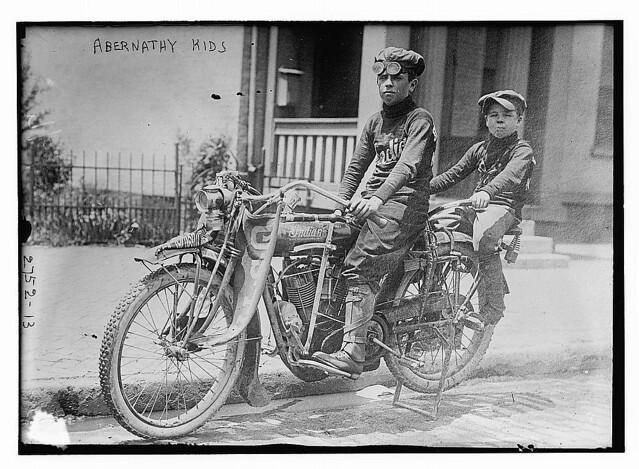The stories we tell ourselves about our past become as much a part of our identity as the truth of our history. The mythological American West–the Wild West–with its stories of rugged individualism, resourcefulness, and courage, began to take hold in the public imagination decades before the Civil War. Prior to the turn of the century, some people began to think that the settling of the frontier had formed our national character; that what is essentially American about the United States can be found in western frontier, not eastern culture.
The idea that “All Americans are Cowboys at heart” has great worldwide appeal. In the nineteenth and early twentieth centuries, romanticized tales of cowboys and Indians, outlaws and lawmen could be found in dime novels and popular music, but it was the Wild West Show that brought the drama of the Old West right to your home town. Popular before the advent of radio or movies with sound, the Wild West Show was part circus, part vaudeville, part rodeo, and all spectacle–under the guise of historical accuracy. Wild West Shows celebrated a vanishing culture while allowing easterners and Europeans to experience the excitement of the legendary frontier.
The most famous of the Wild West shows was, of course, Buffalo Bill’s Wild West which ran from 1883 to 1913. However, an enterprising Oklahoman, Gordon W. Lillie, “Pawnee Bill,” was also quite famous in his day. Pawnee Bill was an astute businessman whose traveling shows (Pawnee Bill’s Historic Wild West and Great Far East) thrilled audiences with demonstrations of horsemanship and marksmanship, including that of his wife, May Manning Lillie, “Champion Girl Horseback Shot of the West.” His exhibitions featured reenactments of historical events, showing stagecoach attacks, daring rescues, and battles with Indians. The Great Far East show included the “spectacle of the war between the Russians and the Japanese” which enlisted “the services of over five hundred people and horses.” Among his ever-changing troupe were Arab jugglers, Mexican cowboys, Cossacks, Japanese, and Pawnee. And, while celebrating the astonishing equestrian accomplishments of the world’s peoples, Pawnee Bill always championed the American Cowboy–“the perfect embodiment of natural chivalry.” A program from the show describes cowboys as
the most daring, most skillful, most graceful, and most useful horsemen in the world. They fulfill the metaphor of the fabled centaur, believed to have been a demi-god, half horse, half man, only that the cowboy excels the centaur in being an independent man who controlled the best points of the quadruped and made “man’s best friend” subservient to his needs, his pleasures and his pastimes. Without the cowboy, civilization would have been hemmed in, and the fair States and Territories of the glorious West would have remained a howling wilderness to date.
Show business has always been an up-and-down experience financially. In 1908, Gordon Lillie invested in Buffalo Bill Cody’s Wild West show, which was deeply in debt. The “Two Bills” show was successful for a time, especially during its run as Buffalo Bill’s farewell tour, but eventually the enterprise failed when Cody’s creditors foreclosed in 1913.
After that, Pawnee Bill and May Lillie settled down on their buffalo ranch on Blue Hawk Peak, near Pawnee, OK. Lillie continued as a businessman and invested in banking, oil, and real estate. Still interested in the entertainment industry, but looking to the future, he started a movie production company on his ranch. In 1935, May died as a result of injuries suffered in a car accident. Pawnee Bill died in his sleep in 1942.
If you ever find yourself looking for excitement, you can learn more about Pawnee Bill and the American West right here at The Texas Collection. The Adams-Blakley Collection contains several souvenir items from The Historic Wild West and Great Far East Shows, and The Texas Collection has a significant number of Dime Novels. Don’t expect it all to be true, but it is great fun.
(Click on the center of any image in the slideshow to see it full-sized.)
Many thanks to Michael Toon for assistance with Dime novels at The Texas Collection.

















